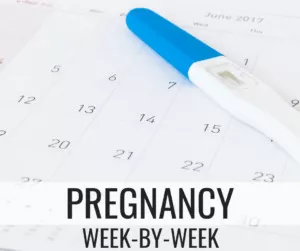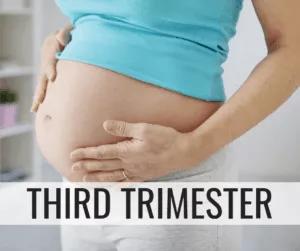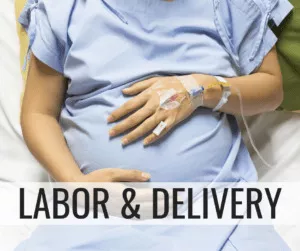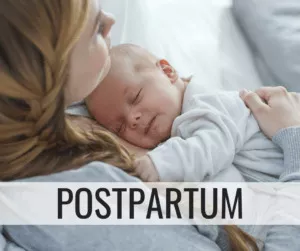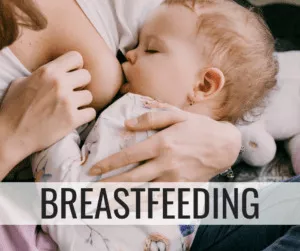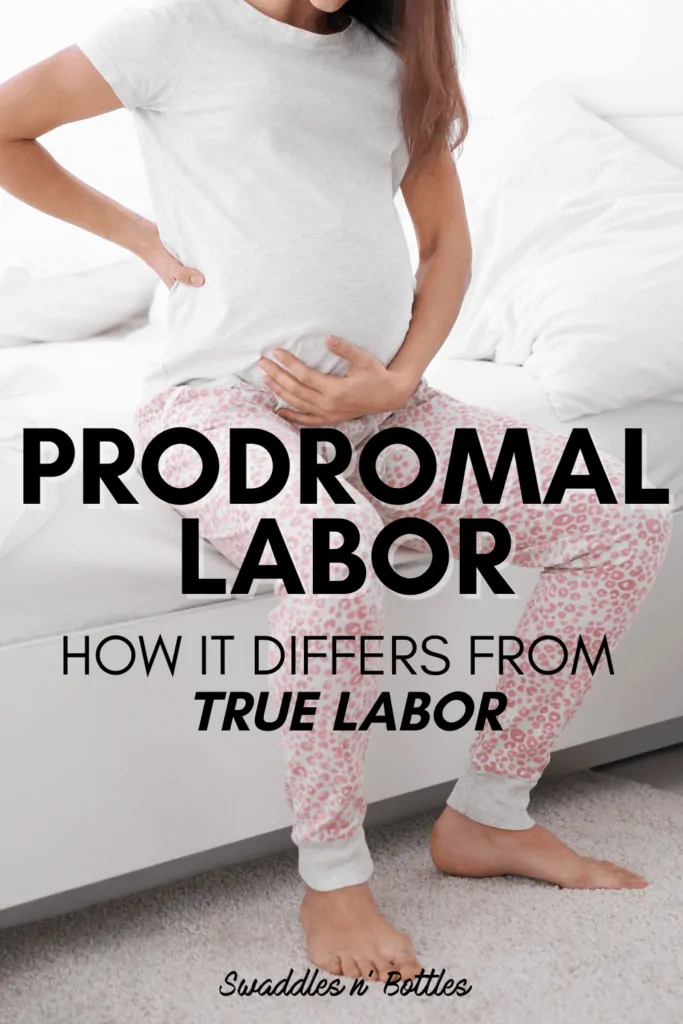
Prodromal labor usually occurs before the start of active labor. Most Health Professionals call it “false labor,” but this is not an accurate description of prodromal labor. Many doctors recognize real contractions, but these usually come and go. Thus the labor does not progress.
The most accurate description is: Prodromal labor causes irregular contractions and pain, causing the pregnant woman to think that the labor has begun. That’s why she calls her birth team or go to the hospital.
Besides, prodromal labor is common in many pregnant women, which can start days or weeks before the actual or “true” labor.” Remember, these contractions do not indicate an induction or cesarean (C-section) delivery. Read on!
Causes of Prodromal Labor
Although there is no solid evidence that shows the exact causes of prodromal labor, most researchers believe that it is usually due to the body’s preparation for active labor. The baby’s position, anxiety, previous pregnancy, and some physical factors can cause prodromal labor.
For instance, if the baby is in the breech position, a woman will experience prodromal labor. It is when the uterus moves the fetus with a few contractions for some time and then stops. An abnormal uterine or uneven pelvis may also cause prodromal contractions.
Moreover, some women are anxious about their pregnancy, which means elevated anxiety levels can also cause prodromal contractions. The uterus undergoes many changes after multiple pregnancies, which can cause prodromal labor. Prodromal labor does not distress the fetus, but if you want to know for sure, consult your doctor.
The Difference between Prodromal and True Labor
Prodromal labor involves contractions, but it does cause changes in the cervix. It means your body is not ready to deliver a baby. Although the exact causes are unknown, these contractions occur at different times, especially in the last trimester. Prodromal contraction is either regular or irregular, and you may feel like menstrual cramps.
These contractions go away after some time and do not cause harm to your body or the growing baby. It is crucial to lie down or drink a lot of water to stay comfortable. Some contractions, such as Braxton-Hicks, do not cause changes in the cervix.
Such contractions usually occur irregularly than prodromal contractions. For instance, a pregnant woman experience Braxton-Hicks contractions after physical activity. These types of contractions typically happen in the evening.
On the other hand, real labor occurs in three stages and starts with regular contractions, which come every five to fifteen minutes and last 60 to 90 seconds. A pregnant woman’s cervix undergoes changes, such as opening and thinning in the first stage of labor. The opening and thinning allow the baby to move into the birth canal.
In the first stage, a woman experiences a pink or bloody discharge, which is usually the mucus plug releasing at the end of the cervix. It is essential to contact your health provider immediately if you see abnormal bleeding or heavy water breaks.
The first stage of labor lasts for 12 to 20 hours. Seek your health provider’s advice and act accordingly. Real labor contractions grow stronger and last longer, unlike prodromal contractions that come and go. You will experience more contractions when you make the transition from the first to the second stage of labor. Many women feel leg cramps and lower blood pressure.
How to Manage Prodromal Labor Contractions?
Experts recommend staying active during the last trimester, especially during contractions if they are close to the delivery date. The best way to control or manage prodromal contraction is to stay upright, walk around, slow dancing, or use a birthing ball. Likewise, when there are no contractions, it is wise to get some rest.
Your health provider will advise you to stay hydrated and eat a nutrient-full diet to elevate your energy levels. Prodromal contraction period is a great way to prepare for true labor. Mindfulness and breathing are useful in controlling prodromal contractions. Deep breathing also increases blood flow to the brain and relaxes you by releasing chemicals like serotonin and dopamine.
Final Words
Prodromal labor contractions usually begin around the 4th month of pregnancy. A woman may feel like her uterus or abdomen is tightening. Unlike prodromal contractions, you will feel squeezing or cramping in true labor. Sometimes, these contractions can cause mild discomfort, unlike the painful contractions of true labor.




